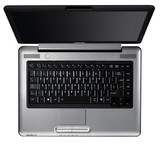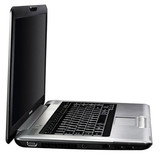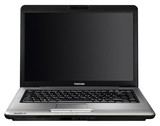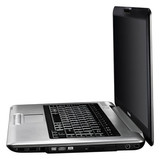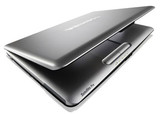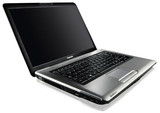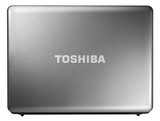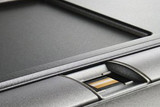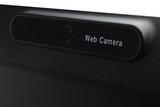Toshiba Satellite Pro A300
Specifications
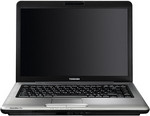
Price comparison
Average of 3 scores (from 3 reviews)
Reviews for the Toshiba Satellite Pro A300
Source: Techradar
 Archive.org version
Archive.org versionA budget corporate laptop offering great quality and equally impressive usability. Toshiba's Satellite Pro range is aimed at the corporate user, providing a useful mix of quality build and great usability. The Satellite Pro A300-1OQ is an entry-level choice, and a great buy for the business person on a budget. Considering its price, the Satellite Pro A300-1OQ is a deeply impressive device. Performance could be stronger, but it's impossible to fault its quality and usability, and a comprehensive list of features round it off perfectly.
80, Preis 90, Leistung 40, Ausstattung 80, Verarbeitung 90, Ergonomie 90
Single Review, online available, Short, Date: 04/12/2009
Rating: Total score: 80% price: 90% performance: 40% features: 80% workmanship: 90% ergonomy: 90%
Foreign Reviews
Source: SFT - 8/08

Comparison, , Length Unknown, Date: 08/01/2008
Rating: Total score: 93% ergonomy: 80% emissions: 40%
Source: Notebookjournal
 DE→EN Archive.org version
DE→EN Archive.org versionSingle Review, online available, Long, Date: 06/18/2008
Rating: Total score: 80% price: 70% performance: 60% display: 30% mobility: 50% workmanship: 60% ergonomy: 70% emissions: 90%
Comment
Intel Graphics Media Accelerator (GMA) X3100: Intel Graphics Media Accelerator (GMA) X3100 is an integrated (onboard) graphic chip on a Mobile Intel 965GM chipset. It is the successor of GMA 950 and features a fully programmable pipeline (supports Aero Glass fully and DirectX 10 with newest drivers). The peformance of the X3100 is clearly better than the GMA 950, still demanding modern games won't run fluently.
These graphics cards are not suited for Windows 3D games. Office and Internet surfing however is possible.
» Further information can be found in our Comparison of Mobile Graphics Cards and the corresponding Benchmark List.
Intel Core 2 Duo: This is the Core Duo and Core Solo successor with a longer pipeline and 5-20% more speed without more power consumption. As an addition to the Core Duo design there exists a fourth decoder, an amplified SSE-unit and an additional arithmetical logical unit (ALU).
The Core 2 Duo for laptops is identical to the desktop Core 2 Duo processors but the notebook-processors work with lower voltages (0.95 to 1188 Volt) and a lower Frontside bus clock (1066 vs 667 MHz). The performance of equally clocked notebooks is 20-25% lower than Desktop PCs because of the lower Frontside bus clock and the slower hard disks.
T5670: Slow clocked dual core processor based on the Merom-2M core without virtualization functions.» Further information can be found in our Comparison of Mobile Processsors.












